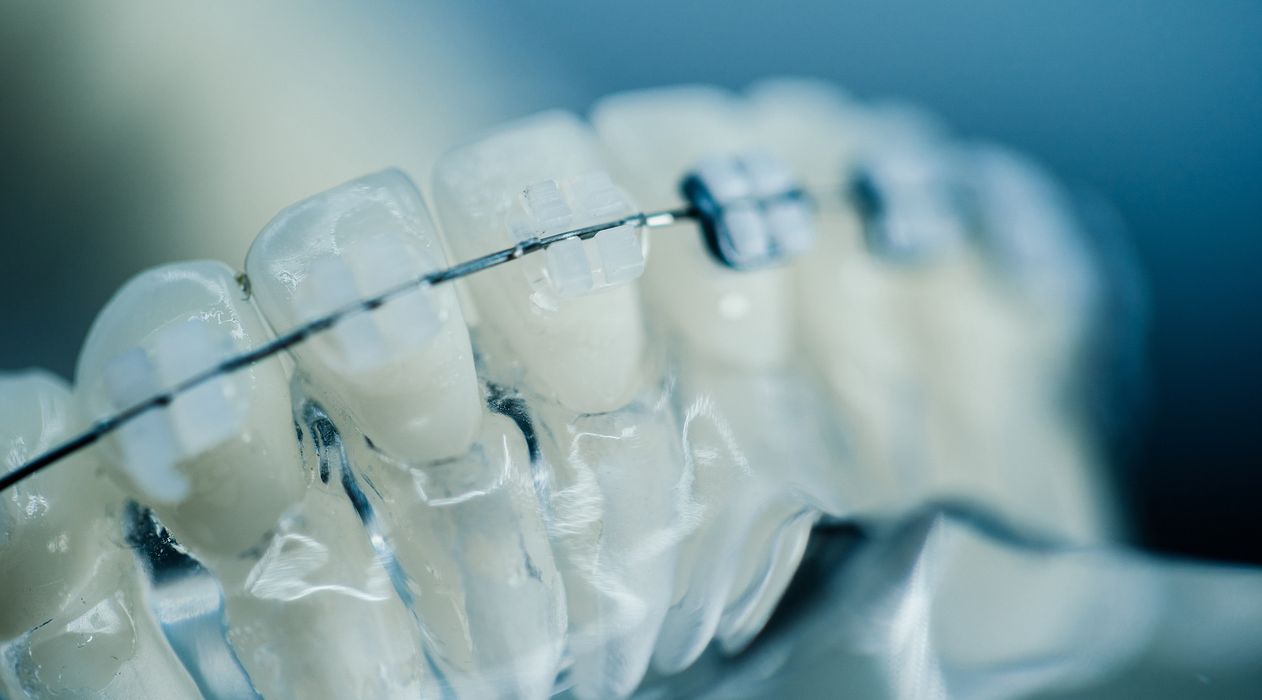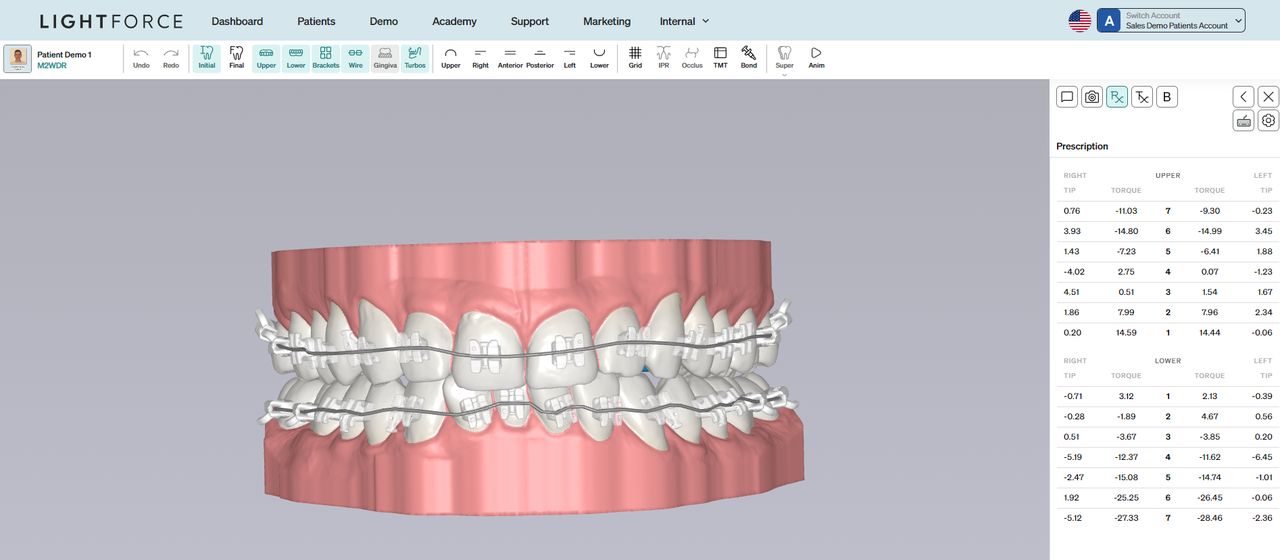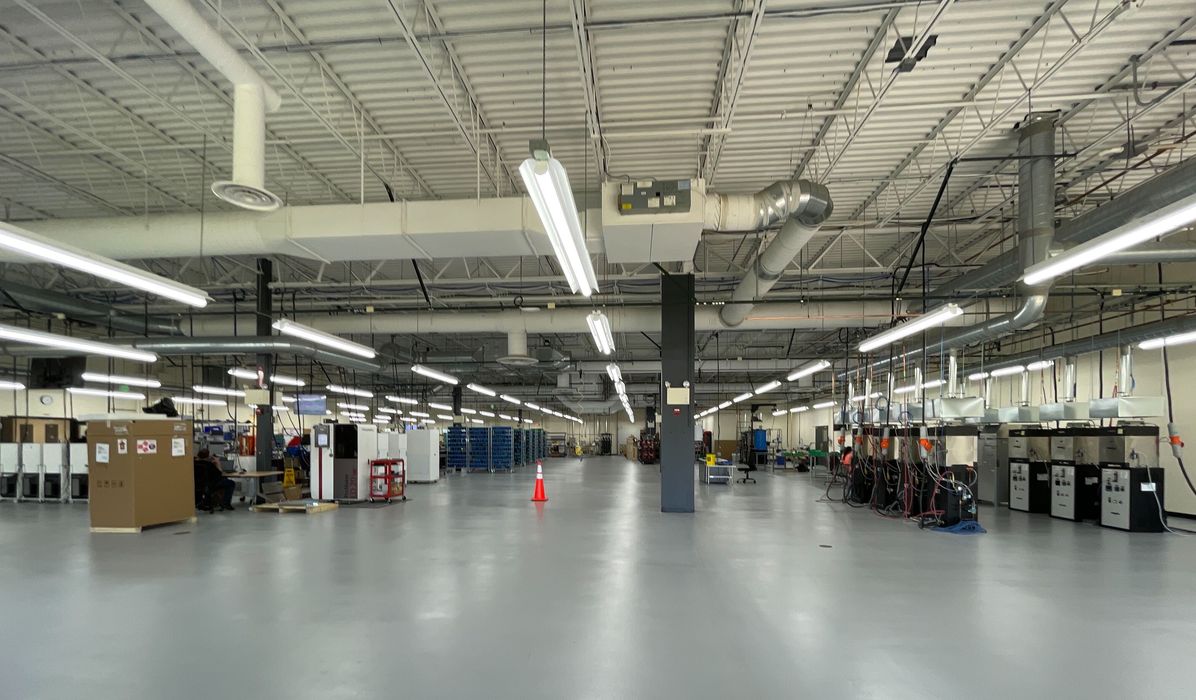
We all hope for the success of 3D print technology, but what does that success actually look like?
My thought is that success isn’t the production of a new 3D printer type or an unusually powerful material on the market. Instead I feel that it is the application of the technology to do something useful to benefit all.
Because of this successes are often missed by the 3D print community that sometimes looks inward at technological progress rather than application successes.
One example of a recent success comes from LightForce Orthodontics, a company that doesn’t make and sell 3D printers or materials. Instead, they USE these systems to create products for consumers.

The product in this case turns out to be a very advanced form of custom 3D printed dental appliances. One of their products is a very unusual advanced set of braces for tooth alignment, which uses sophisticated software to generate a suitable 3D model for each patient.
They explain how these advanced braces work:
“Each tooth’s shape and every patient’s jaw is as unique as their fingerprints, so no one orthodontic treatment suits all patients. Treatment with traditional one-size-fits-all braces requires the orthodontist to perform multiple wire and bracket adjustments to achieve a patient’s ideal outcome, which can add many months to the treatment time. LightForce’s personalized approach dramatically reduces the need for adjustments, which results in shorter treatment times, fewer appointments, and better outcomes compared to traditional braces. A recent peer-reviewed study in the Journal of Clinical Orthodontics showed that LightForce cases finished 45% faster with 41% fewer scheduled appointments than conventional bracket cases.”
That’s a technological success to be sure, but there’s more to the story. Their approach has been so successful that their business is growing very strongly. The company has previously raised US$70M from investors that believe in the company’s future growth.
Now we see they’ve announced another massive investment of US$80M, bringing their total investment to something in the US$150M range.

What will they do with all this cash? They explain:
“With the new funding, LightForce will continue to grow its world-leading team of engineers and scientists to further develop its software and hardware to improve patient experience with shorter treatment times and better clinical outcomes. The Series D round will also prepare the company to grow and scale production capabilities, with a new, 36,000 square-foot manufacturing facility in Wilmington, Massachusetts.”
Growth of this type solidifies the use of 3D print technology in our world going forward. Years ago 3D printers were a desktop curiosity in labs and back rooms. The future was envisioned to be massive factories using them to produce all manner of goods.
This announcement makes part of that vision real.
